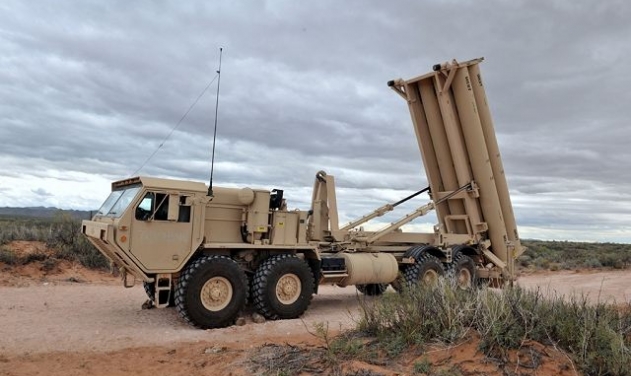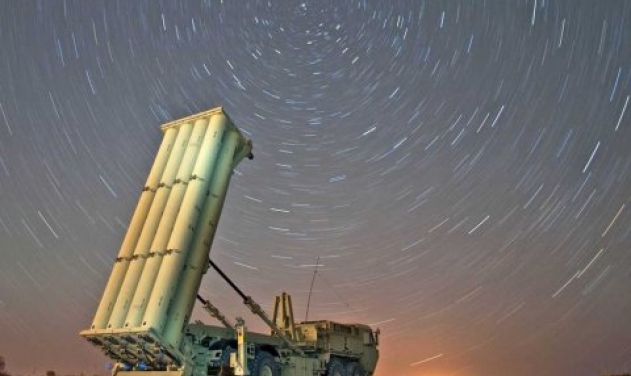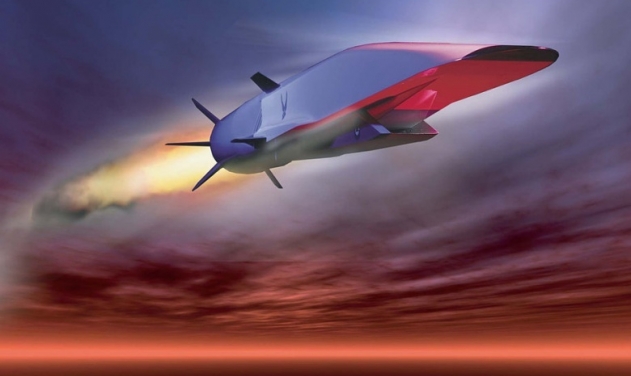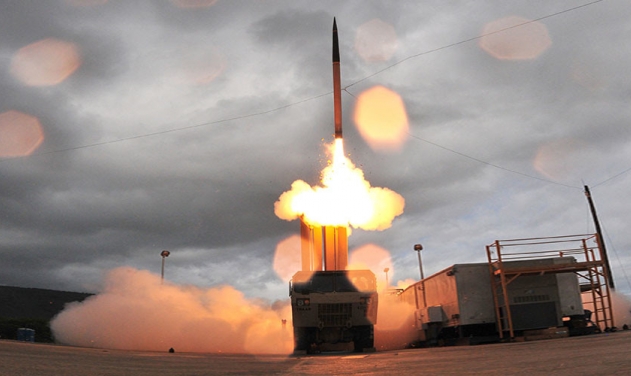S.Korea To Receive THAAD Missile Radar Component By Month-end

US has planned to deliver "X-band" radar, a main component of the advanced US missile defense system, by end of this month to South Korea.
The two missile launchers and other equipment of the Terminal High Altitude Area Defense (THAAD) system arrived Monday night, at Osan Air Base in Pyeongtaek, 70 kilometers south of Seoul, Yonhap News Agency reported today.
"The radar system for THAAD will be delivered within this month to undergo an operational test and to be installed as quickly as possible," the official told Yonhap News Agency on the condition of anonymity.
The remaining elements will be gradually delivered in the coming months and transferred from the US air base to the southeastern rural county of Seongju, about 300 km south of Seoul, the site for the battery.
The deployment could be completed within one or two months, and it can be operational as early as April, another official said Tuesday. The officials still have to deploy the THAAD elements in Seongju.
A THAAD battery consists of six truck-mounted launchers, 48 interceptors (eight per launcher), a fire control and communications unit, and an AN/TPY-2 radar.
THAAD is designed to intercept short and mid-range missiles, such as Scud and Rodong, which have a range of up to 3,000 kilometers at altitudes of 40-150 kilometers.
The response follows a day after Pyongyang test-fired four ballistic missiles that flew about 1,000 kilometers before splashing into the East Sea in an apparent protest against the ongoing joint military drills between Seoul and Washington.
China has opposed the move arguing that the system's radars could spy on its flights and missile launches. On Tuesday, China's foreign ministry said Beijing will take "necessary measures" to protect itself against the deployment and warned that the U.S. and South Korea should have to bear the consequences.













